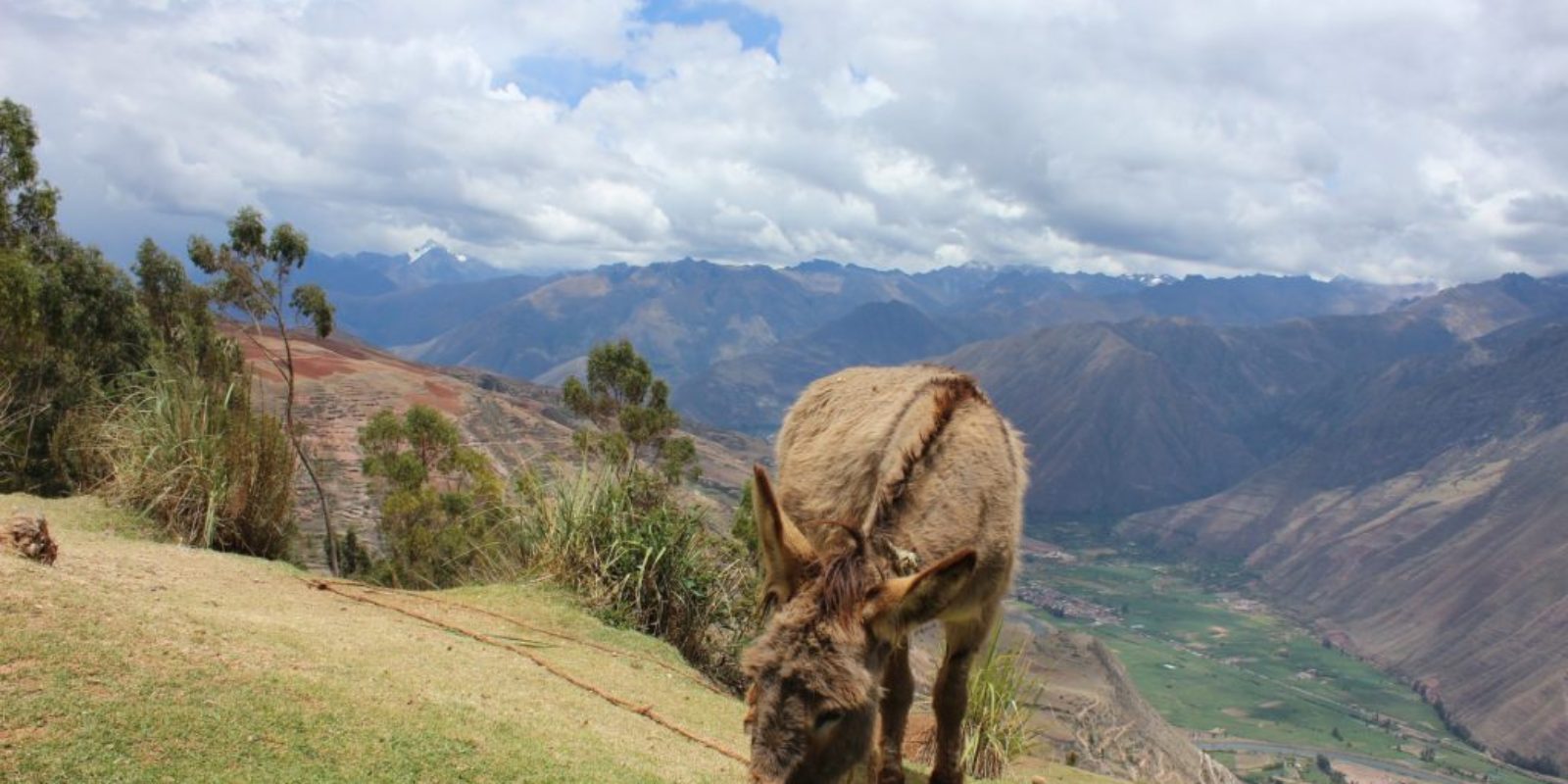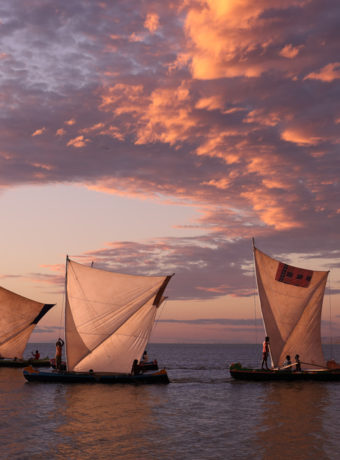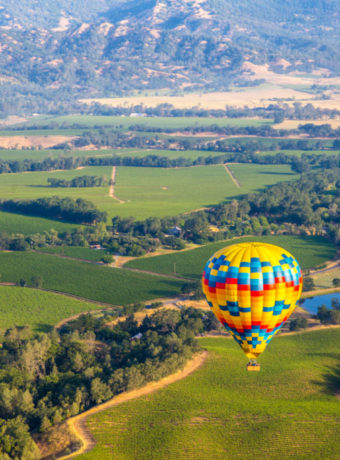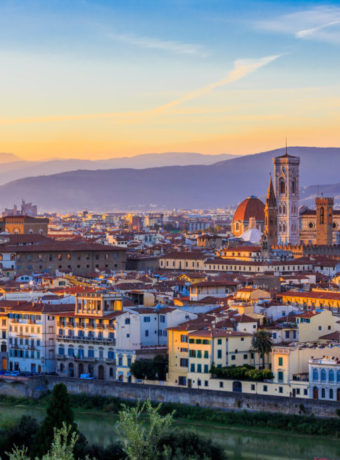When most people hear Peru, their mind goes immediately to Machu Picchu. This incredible ancient city, the home to the Incan empire, highlights the architectural finesse of the culture and the technological advances of their time period. While Machu Picchu is the most well known of the Incan archaeological sites in the Peruvian Andes, there are many others in what is called the Sacred Valley. This region, about 2 hours from Lima, is teeming with ancient cities. Today I will share just a few snippets of information about the El Valle Sagrado.
The Sacred Valley
The Sacred Valley of the Incas, or El Valle Sagrado de los Incas, lies 20km to the north of Cusco. It is generally considered to include everything along the Urubamba River from Pisac to Machu Picchu.

Despite its proximity to both Cusco and Machu Picchu, the Sacred Valley is relatively untouched by tourism. There is one stunning lodge in the valley, operated by the explora group. It is a Virtuoso property and offers exclusivity, breathtaking views, and exquisite cuisine. Day trips to Machu Picchu are highlighted, and this makes an excellent base.
Other sites within the Sacred Valley include the Ollantaytambo ruins, the Pisac ruins, and the two sites at Salinas and Moray.

Ollantaytambo is the second most well-known ruins here, after Machu Picchu. It is where the Spanish lost a major battle, although they returned and defeated Manco Inca later. The site is both temple and fortress – and an excellent fortress it was. The steep terraces were too much for the first Spanish to attempt them, and the Incas flooded them out. However, that victory was – as they say – short lived. The Spanish returned with a larger force and the Incan were forced to flee.
Machu Picchu
Machu Picchu lies just above the Aguas Calientes in the hills 80km from Cusco. It is at the far end of the Sacred Valley. This iconic temple and fortress is the most visited Incan ruin in the world, Peru’s most visited tourist attraction, and on both the UNESCO World Heritage list and the most endangered sites list.
It was also one of the few sites that was not plundered by the Spanish – because they never knew about it.

It is nearly 1,000 ft lower in altitude than Cusco. This means that acclimating in Cusco is ideal as your body will adapt. Most travellers spend three to four days before continuing on to Machu Picchu. There are several ways to get to Machu Picchu. Many travellers hike there along the Inca Trail, while others go along the Salkantay Trail.
The Inca and Salkantay Trails
The Inca Trail begins outside of Cusco and takes about four or five days to reach the fabled city. There are strict limits on the number of people allowed on the trail each day and places book up quickly.
The Salkantay Trek has three various routes. The longest is four days to reach the Inca Trail, and then a further two to reach Machu Picchu. Another six day trek skirts the town of La Playa, goes over a ridge, and continues onwards to Aguas Calientes. Finally, the most popular trek, a four day hike, goes over the Salkantay Pass to La Playa. At La Playa, the hikers bus to Santa Teresa and then hike onwards to Aguas Calientes.
There are, of course, excellent luxury properties in this area for travellers accustomed to both adventure and comfort of the highest level. Belmond also operates a luxury train; this is one very unique way to see the Sacred Valley and Lake Titicaca! Ask me for more details!



